
We were staying in Sevilla for 5 months and want to share our experience with you! Sevilla is always sunny and full of life. With its large old town and the small winding alleys, little plazas, Tapas bars and cafes all over the city it is fun to just stroll around. Furthermore, Sevilla has a lot of culture and sights to explore. The cathedral is the biggest gothic cathedral in the world. In the Alcazar (the Royal Palace) and its gardens you can stroll around for hours and the Plaza Espana is just gorgeous!
Fiestas
In Sevilla there are two main festivities. The first one is Semana Santa during Easter holidays. There you can watch religious processions where figures of Jesus, Maria and other Saints are carried around the streets the whole week. Another famous celebration is the Feria de Abril. The celebration lasts for one week and everyone is wearing traditional Flamenco clothing and is eating traditional food at a funfair to celebrate the beginning of spring. (Adding to that from April to June you get the possibility to watch a bullfight!) You can read more about Feria de Abril in our separate blog post here.
Sights
Alcazar
The Royal Alcazar is one of the main sights in Sevilla. We recommend buying tickets online to avoid the queue. If you want to know more about the history and function of the rooms we recommend getting an audioguide (a friend of us tried it and said it was really good!). We just strolled around the palace with the map. The best places for taking photos in the palace are the Patio de Levíes, the baths and the gardens. Patio de Levíes is quite beautiful and comparable to the Nasrid Palace in Alhambra. With the pond in the middle you can take perfect mirror pictures of the beautiful arches decorated with arabesques and ornaments. Another spot for mirroring are the Baños Doña María de Padilla. The Fachada del Palacio del Rey Don Pedro is one of the first things you see when entering the palaces second patio, patio de la Montería. The facade has some beautiful maurean ornaments and arabesques and is a nice photo spot, too. In the gardens you find nice photo spots everywhere with the little ponds and benches all around.
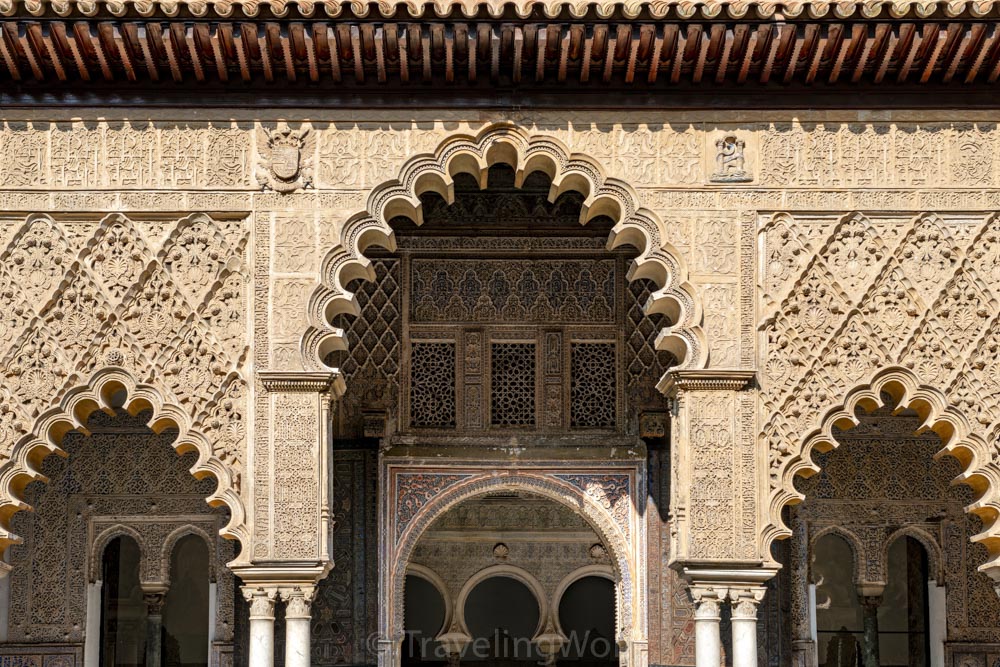
Plaza Espana
The Plaza Espana is maybe my favorite sight in Sevilla. It’s just really beautiful with the colorful mosaics all over the place. All around the square you can find benches out of colored tiles, for every region in Spain one. Theis is a nice place to take a rest or make some colorful selfies. The bridges over the canal are my favorite photo spots. Placa Espana is especially beautiful at sunset and during the blue hour when the lights are already light up. You can watch the sunset from the two balconies on both sites of the plaza and take some nice pictures from the top. And finally don’t forget to walk along the arcades (also known from Star Wars episode 2), which make for good photography spots, too.
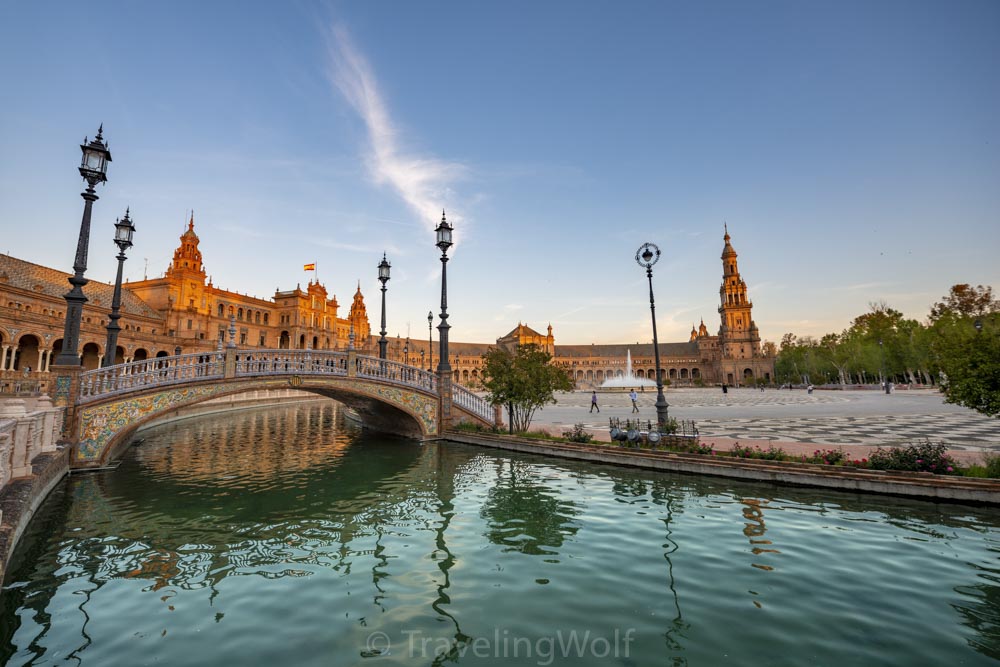
Cathedral
The cathedral in Sevilla has a rigid history, first built as a mosque (but much smaller than today’s church) then built up to be the biggest gothic cathedral in the world. The cathedral is famous for hosting Christopher Columbus’ mausoleum and for its tower, La Giralda. The best photo spot for La Giralda in the morning is the Plaza Virgen de Los Reyes. In the afternoon you can take nice shots from the cathedrals orange tree patio. Inside the church, the extreme high gothic vault ceiling and the high altar totally in gold are quite impressive. Adding to that the colorful church windows are really beautiful. With the entrance fee for the church, you are also allowed to climb La Giralda and enjoy the view over the city from the top.
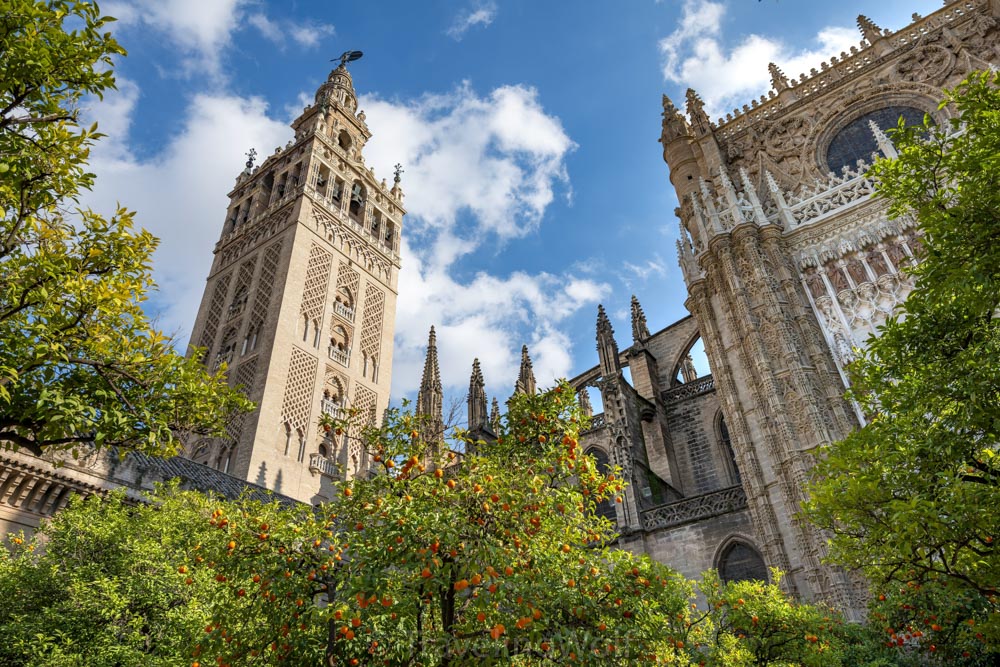
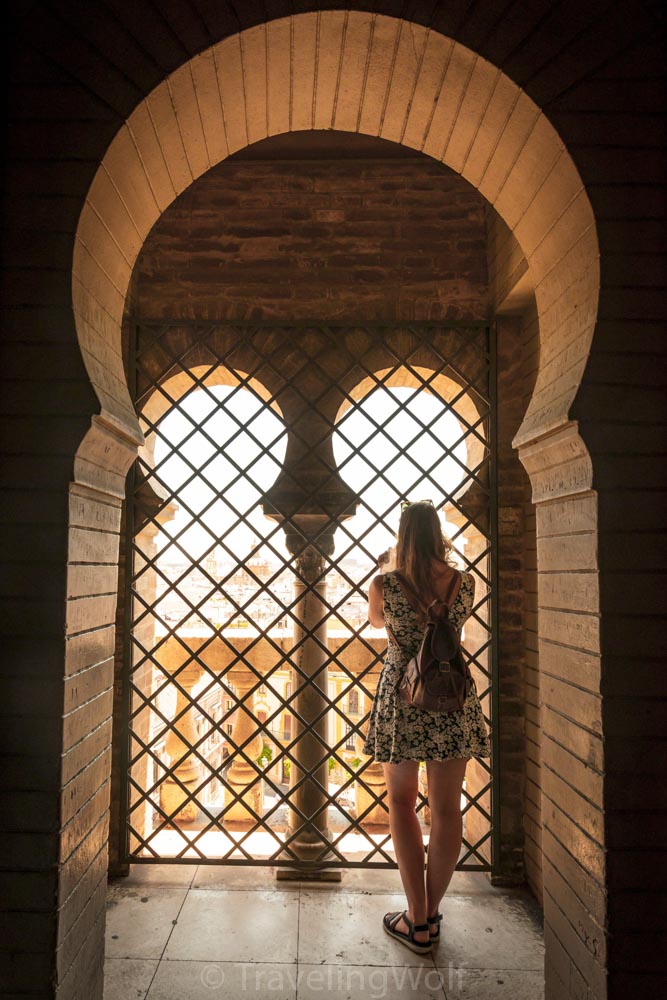

Metropol Parasol
Metropol Parasol or Las Setas on the Plaza de la Encarnación (by English speaking people known as the mushroom) is a modern architecture wood construction. The building looks really cool and you can take nice photos at night when it’s light up in various colors. The coolest thing about the mushroom is that you can get on top. Funnily enough the entrance for climbing up is in the basement where you also find the Antiquarium de Sevilla. We would recommend visiting for sunset to take some nice pictures of the Cathedral of Sevilla that you can see from the top.
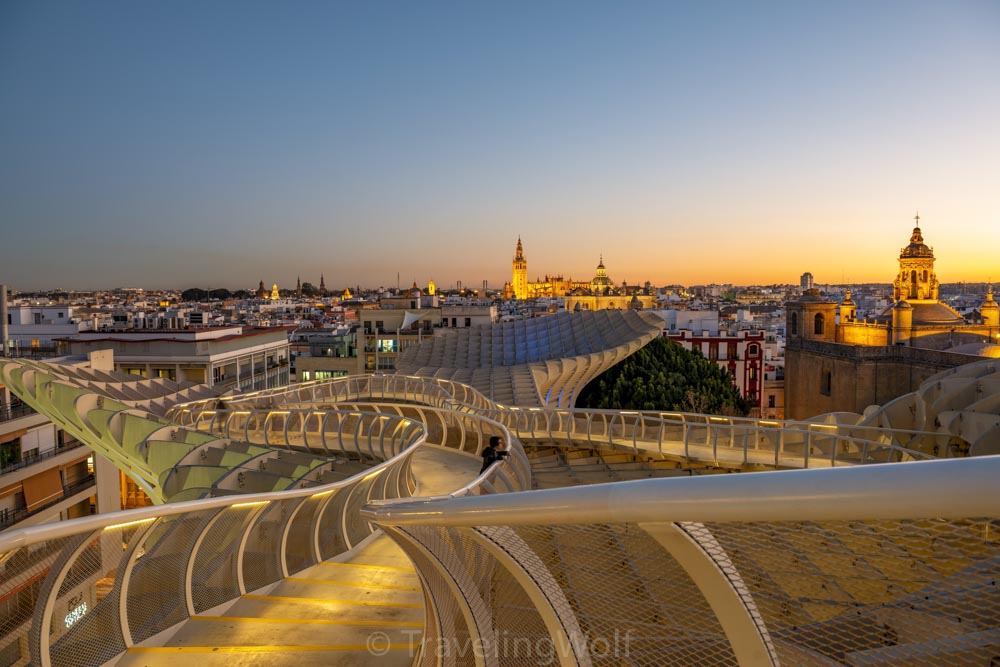
Casa de Pilatos
The Casa de Pilatos is one of the many privately owned city palaces that can be found in Sevilla. It is one of the bigger ones with the main patio and a few gardens. Especially beautiful are the many different tiles all around the palace (150 different types!). You can visit the lower and the upper floor, but it is not allowed to take photos in the rooms on the upper floor and you have to visit it with a guide. Nevertheless, it can be quite interesting to learn a bit about the house’s history.
Palacio de las Duenas
The former monastery is very close to las Setas. It is smaller then Casa de Pilatos but offers a beautiful garden and Patio. Especially in spring when everything is blooming the main facade (that can also be seen from outside) looks incredible. The Patio Principal is a perfect place to get a rest from walking through the city the whole day. Besides it is recommendable to visit the rooms which have quite an eager furnishing.
Palacio de la Condesa de Lebrija
This is one of the smaller City Palaces but also really beautiful. As always, the walls are covered in beautiful tiles. A Roman mosaic dominates the main patio and more little Roman mosaics in the other rooms show how beautiful palaces the Romans had. Here it is also possible to visit the upper floor on a guided tour which I found interesting as you can learn a lot about the former owners of the palace especially about the Condesa de Lebrija and the furnishing in the upper rooms is quite interesting.
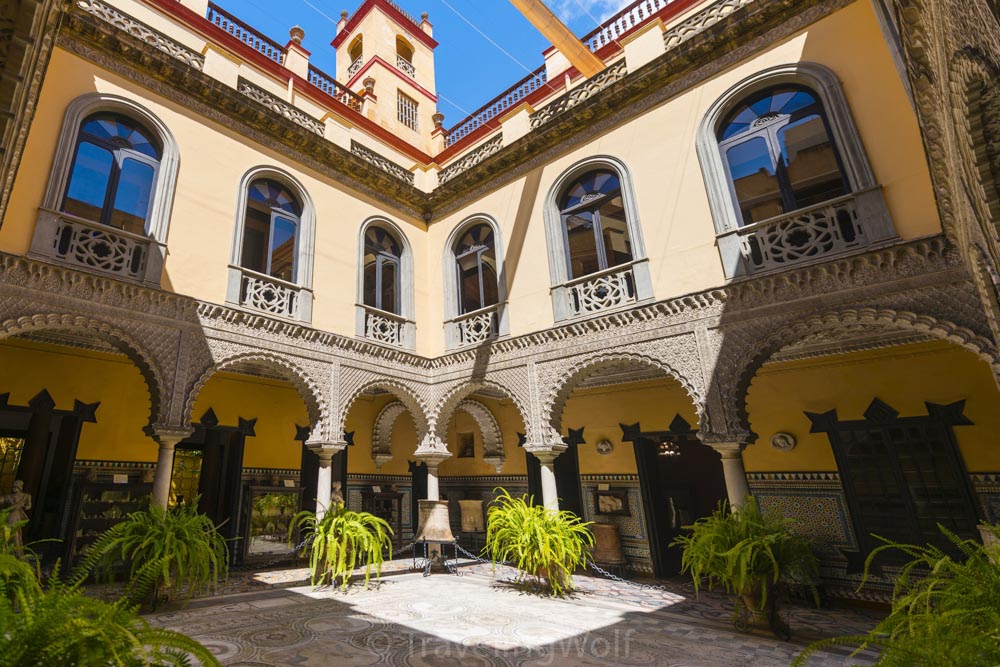
Torre del Oro
The Torre del Oro is a little Tower on the riverside of Guadalquivir River. When visiting Sevilla you should take a walk along the river and maybe relax from the city’s heat in the shadow on the riverside. Here you can see Puenta de Triana and Torre del Oro which has beautiful light in the evening and afternoon.
Tradition
Bull Fighting
Bullfighting is a tradition with much contradiction which is an interesting part of Spanish culture. Many cities all around Andalusia and Spain have a bull ring where it is possible to see a bullfight during bullfighting season. Season in Sevilla goes from the beginning of the Feria de Abril (during the Feria you can watch a bullfight every day) until the end of June and again in September.
On one bullfight 6 bulls are performing and you get to see different teams of fighters. One bullfight lasts 25 minutes during which first enters the torero to get to know the bull. When he leaves, the horsemen come in to weaken the bull. Then colored arrows are thrown on the bulls back to incite it. In the end the torero who has to kill the bull comes back. The torero’s performance is being ranked with points at the end. If you don’t want to or can’t watch a bullfight you can also just visit the bullfighting arena.
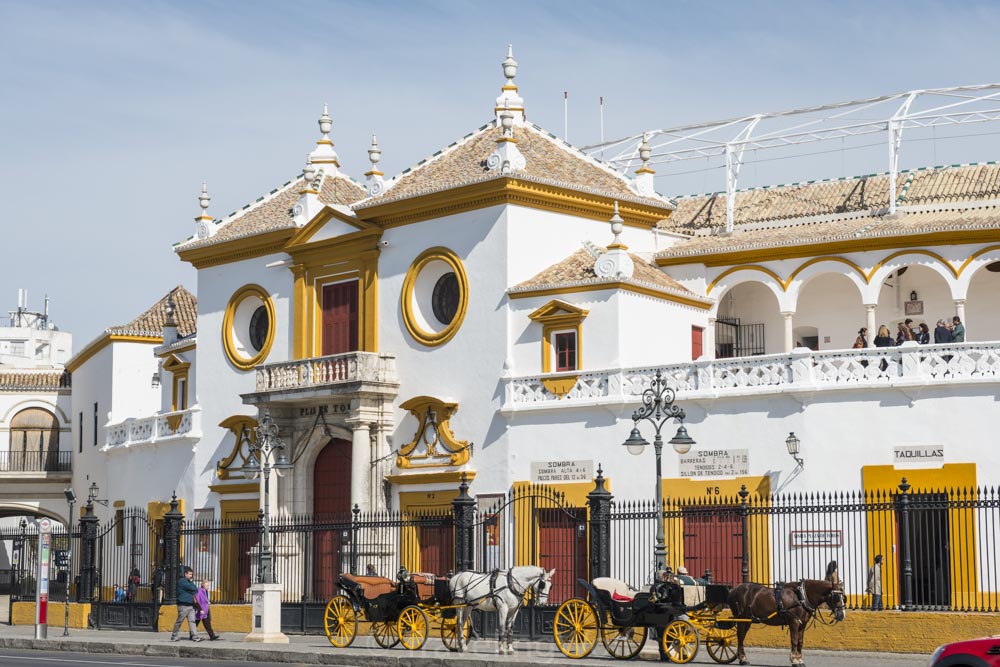
Flamenco
Flamenco is a style of music that has its origins in Triana (the part of the city on the other side of the river). Initially it started just as a type of singing, the guitar was added later. From the singing evolved the Flamenco dance which developed over time to the dance we know today. The best-known thing about Flamenco, the dresses, were also just added later. If you’d like to know more about Flamenco in Sevilla I would recommend you to make the Flamenco Free City Tour by Heart of Sevilla which I found really interesting!
There are a few bars that offer free Flamenco shows in Sevilla on some weekdays. The best-known one is La Carboneria which can be quite packed with tourists but lets you see a good example of what Flamenco is all about. There are also many Flamenco shows every evening for example in the House of Flamenco or the Flamenco Museum.
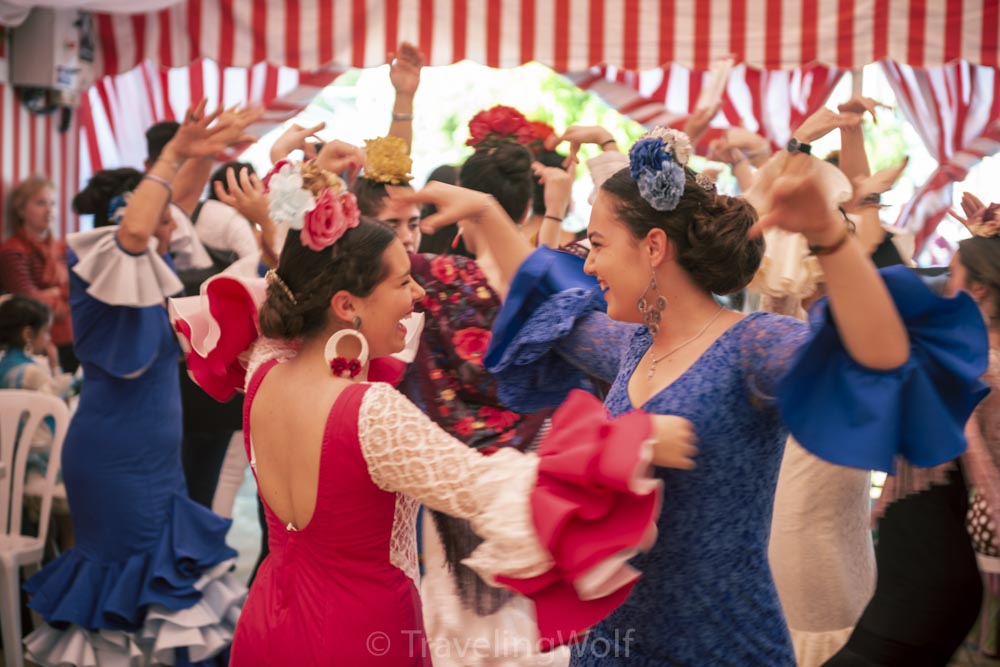
📌 Pin it on Pinterest:

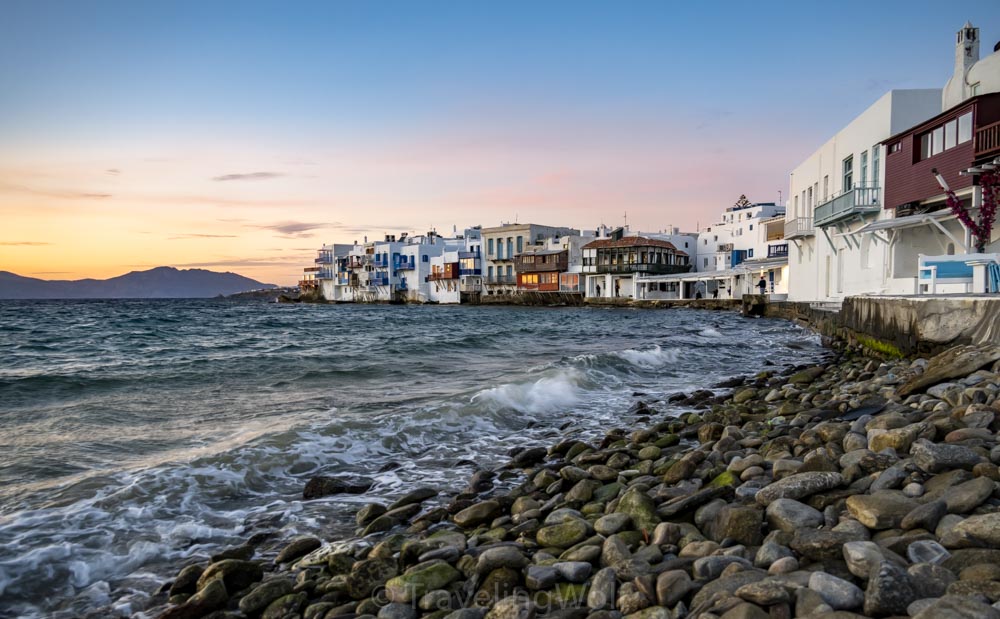
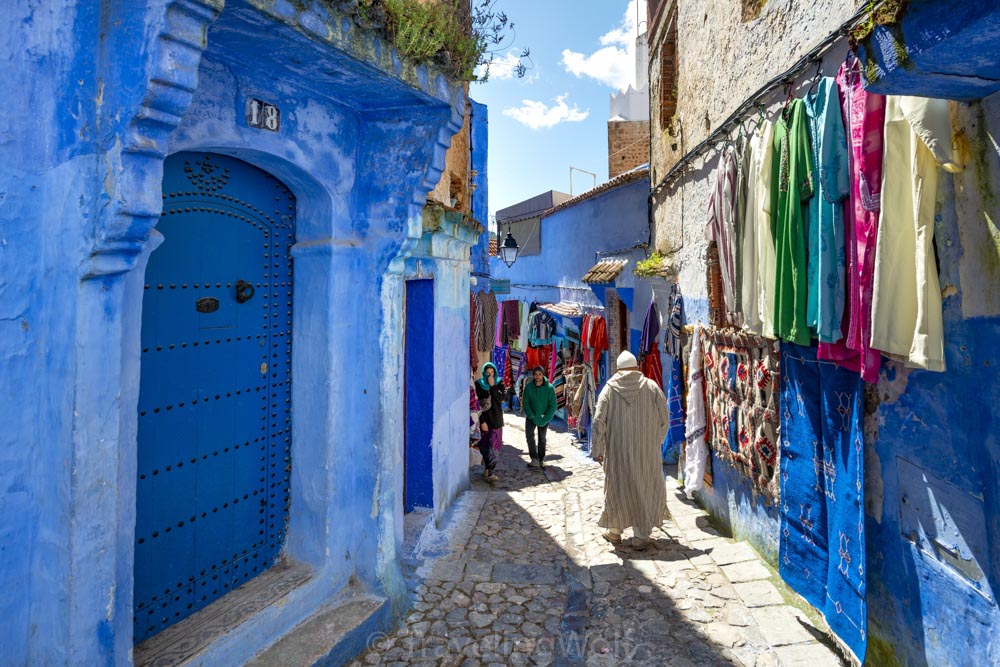
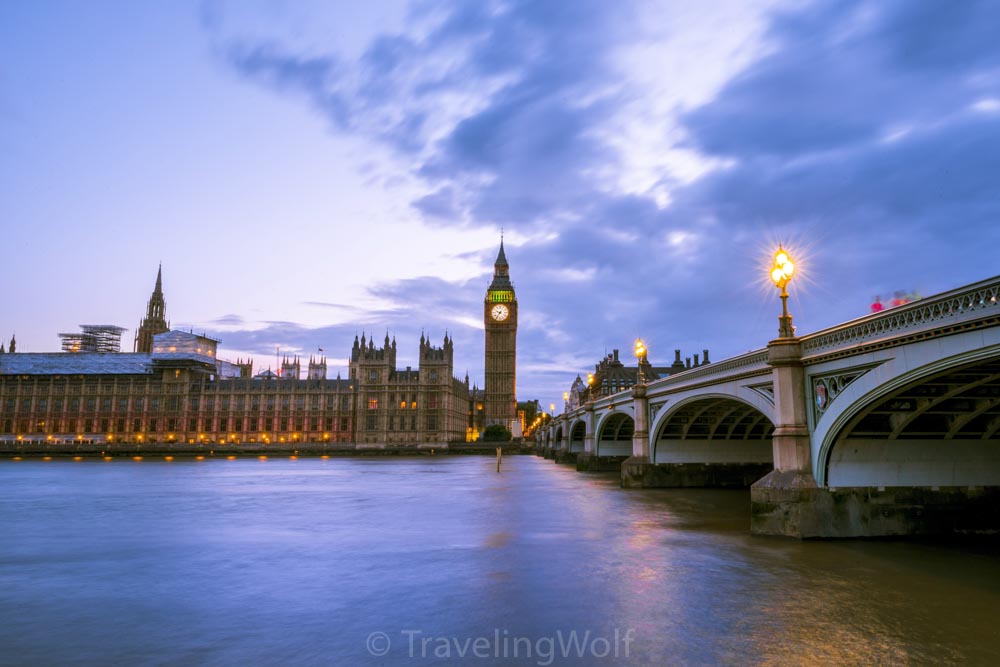
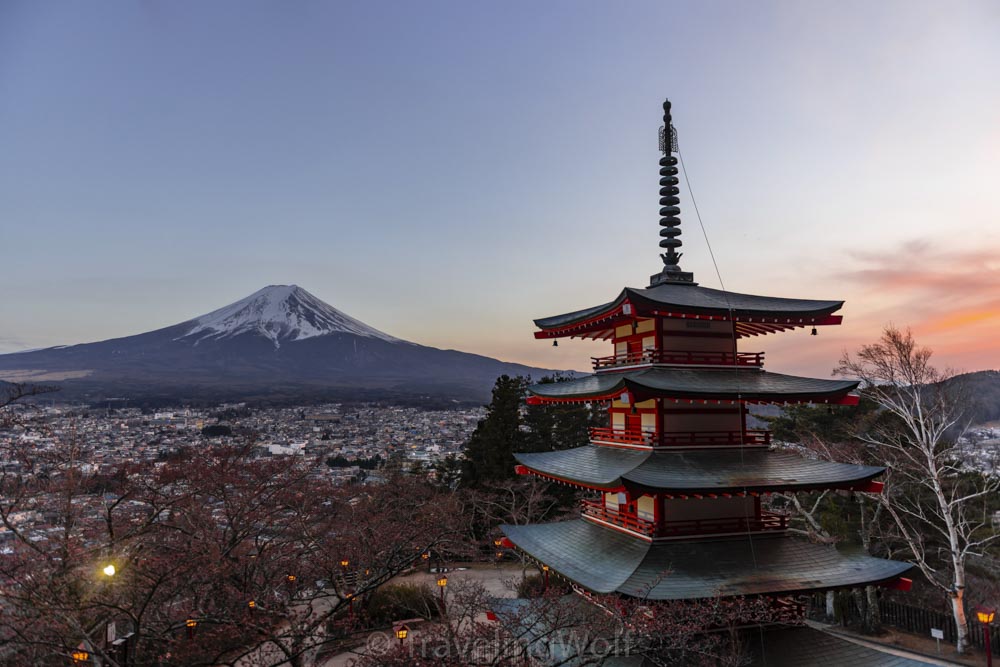
Comments